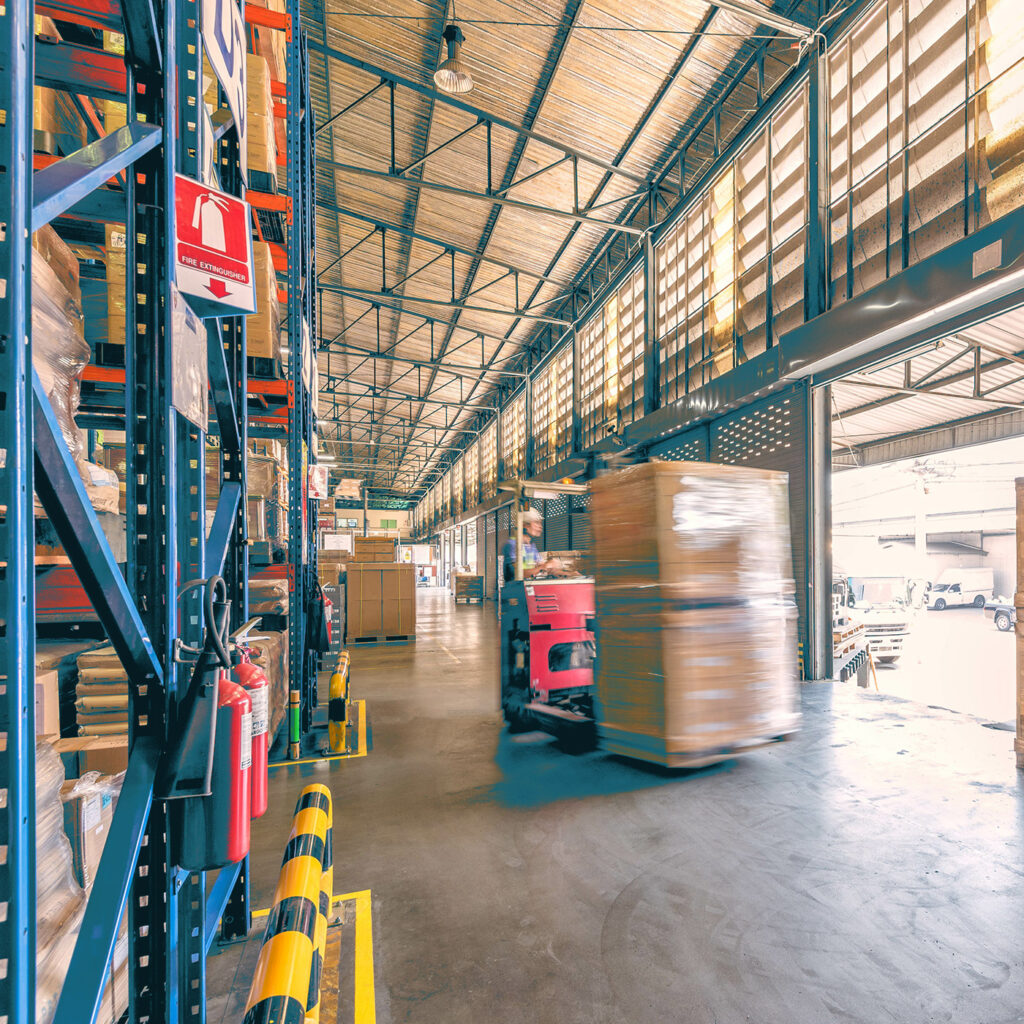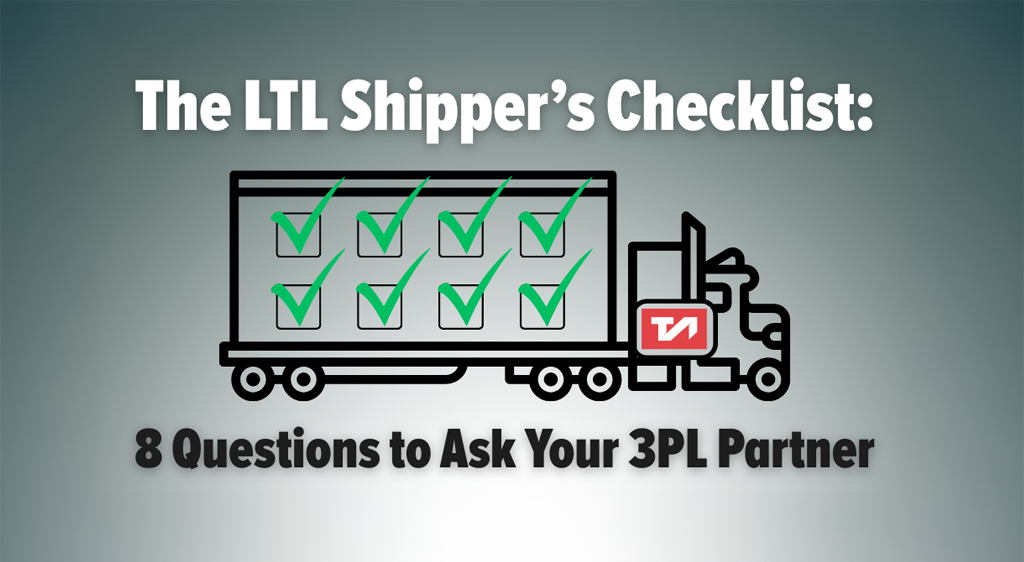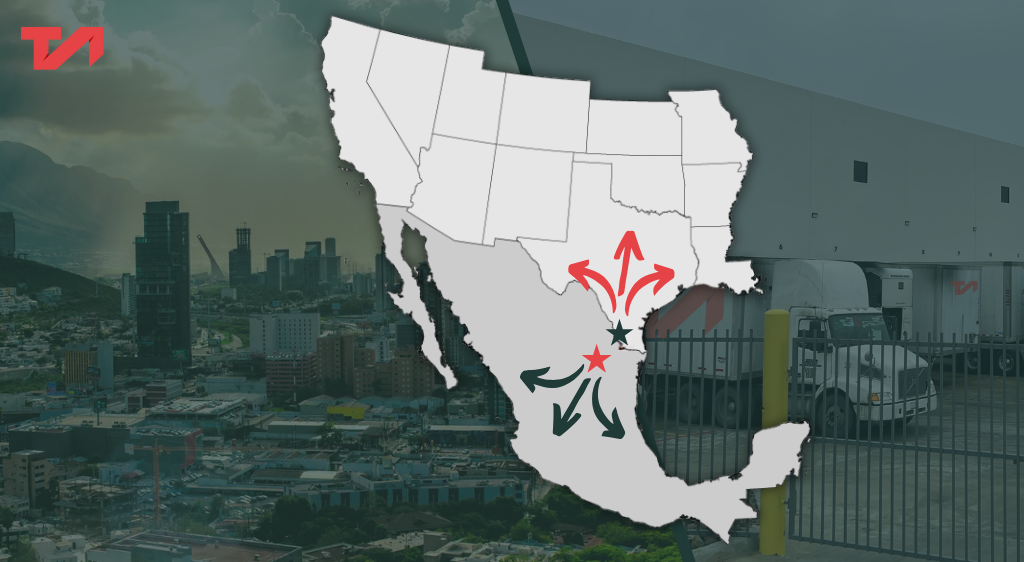Jun 17, 2021
Streamline Warehousing With the 5S Method
The Toyota Production System (TPS) was developed by the Toyota Motor Company following World War II. Now commonly known as “lean manufacturing,” the TPS rests on several foundational pillars, including the workplace organization method of 5S.
In 2019, Netflix introduced Western audiences to Japanese organizing consultant, Marie Kondo, and her KonMari Method™ for tidying the home to improve quality of life. Kondo became an instant sensation for this method which focuses on eliminating unnecessary items to create more ideal living spaces. But KonMari isn’t the first organization method to hail from Japan.

Similar to KonMari, the goal of 5S is a clean and organized workplace, free of clutter that can negatively impact operational effectiveness. 5S supports efficient and effective workflows—and derives its name—from five tactical steps anchored toward cleanliness and organization. Applicable to practically any work setting, 5S is especially beneficial to the warehouse, which we’ll explain in this blog.
1. Sort (seiri)
The first step of 5S is to sort and group items based on how often they’re used in the warehouse. There can be one group for frequently used items in the warehouse, such as handheld scanners and fast-moving products, and another group for items that are used less (if at all), such as broken equipment or old inventory. If you have difficulty classifying some items, place them in a holding area. If something hasn’t been touched in a month’s time, that means it should be disposed of, donated, or sold.
2. Set in order (seiton)
Once you’ve identified your essential operational items, you can then decide where and how to optimally place or store them for convenient, ready access. A best practice is to label the home for each item and even outline it using paint or tape. After all, a tool taken from a well-identified location is more likely to be returned to the right place.
3. Shine (seiso)
A clean warehouse is an efficient warehouse. As part of 5S, it’s important to conduct regular cleaning—preferably daily—paying attention to dirt, dust, debris or garbage on the floor, on surfaces, around workstations, in aisleways and on machines. You can take this time also to proactively check if machines or equipment require maintenance so issues don’t arise later while they’re in operation.
4. Standardize (seiketsu)
Anyone who has tidied up a desk or home knows that clean and organized now does not necessarily mean clean and organized later. This is why standardization is a critical step. By creating regular schedules and prescribed steps for warehouse staff, sorting, organizing, and shining become standard operating procedures. Over time, 5S becomes ingrained into your culture and the daily routine of all employees.
5. Sustain (shitsuke)
The final step—sustain—is all about creating a culture where everyone is fully invested in the 5S method. There are several ways to inspire such a culture, such as assigning responsibility for maintaining certain areas to improve accountability, or by conducting regular audits. Additionally, encouraging staff to voice their ideas keeps them engaged and inspires further workflow improvements.
Ultimately, when you follow the 5S method, you streamline your warehouse to the essentials, put everything in its right place, and make it quick and easy to get the job done. When standardized and sustained, 5S sparks a culture focused on continuous improvement, efficiency, and the successful execution of warehouse operations.
A version of this article first appeared on Workplace Material Handling & Safety.



